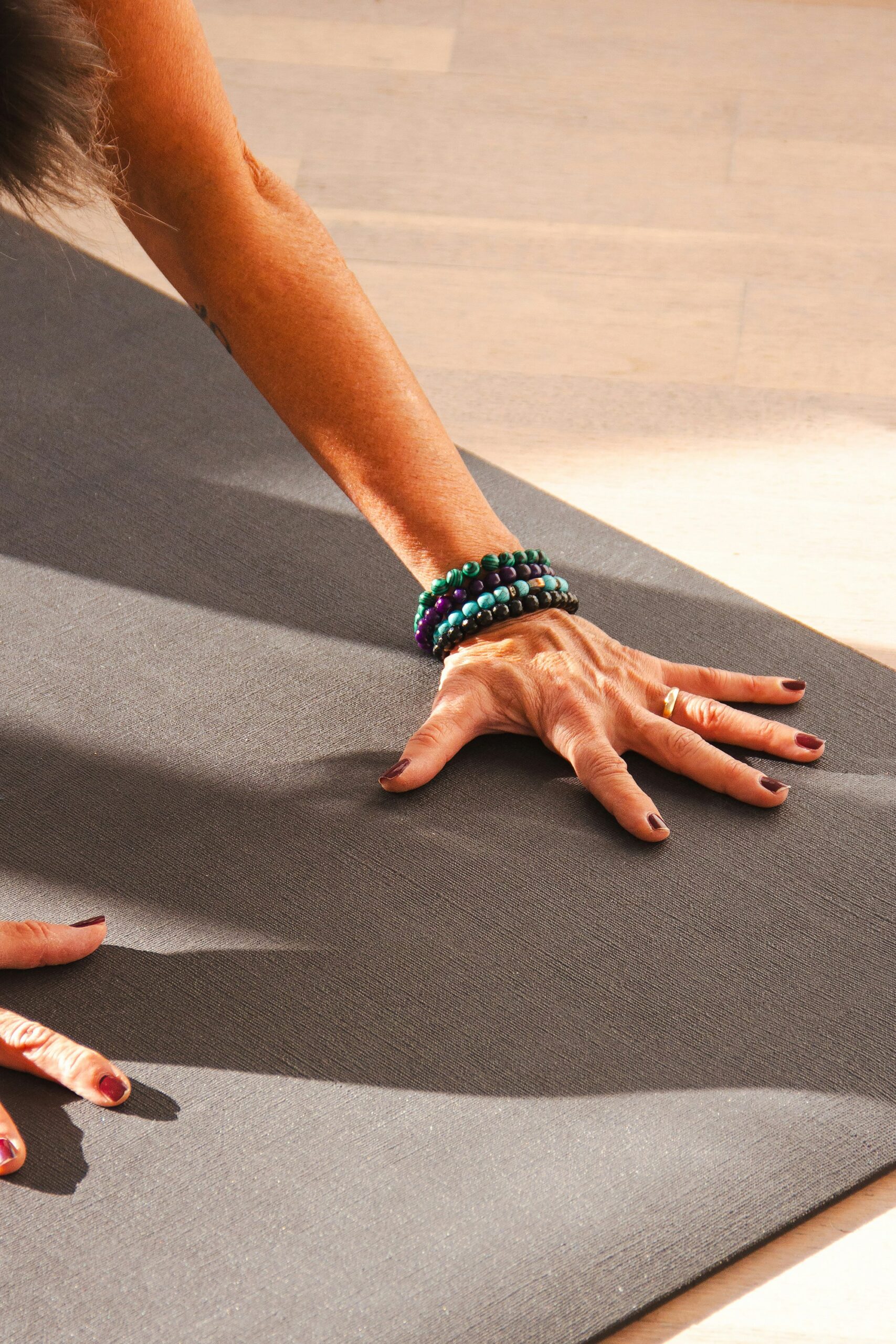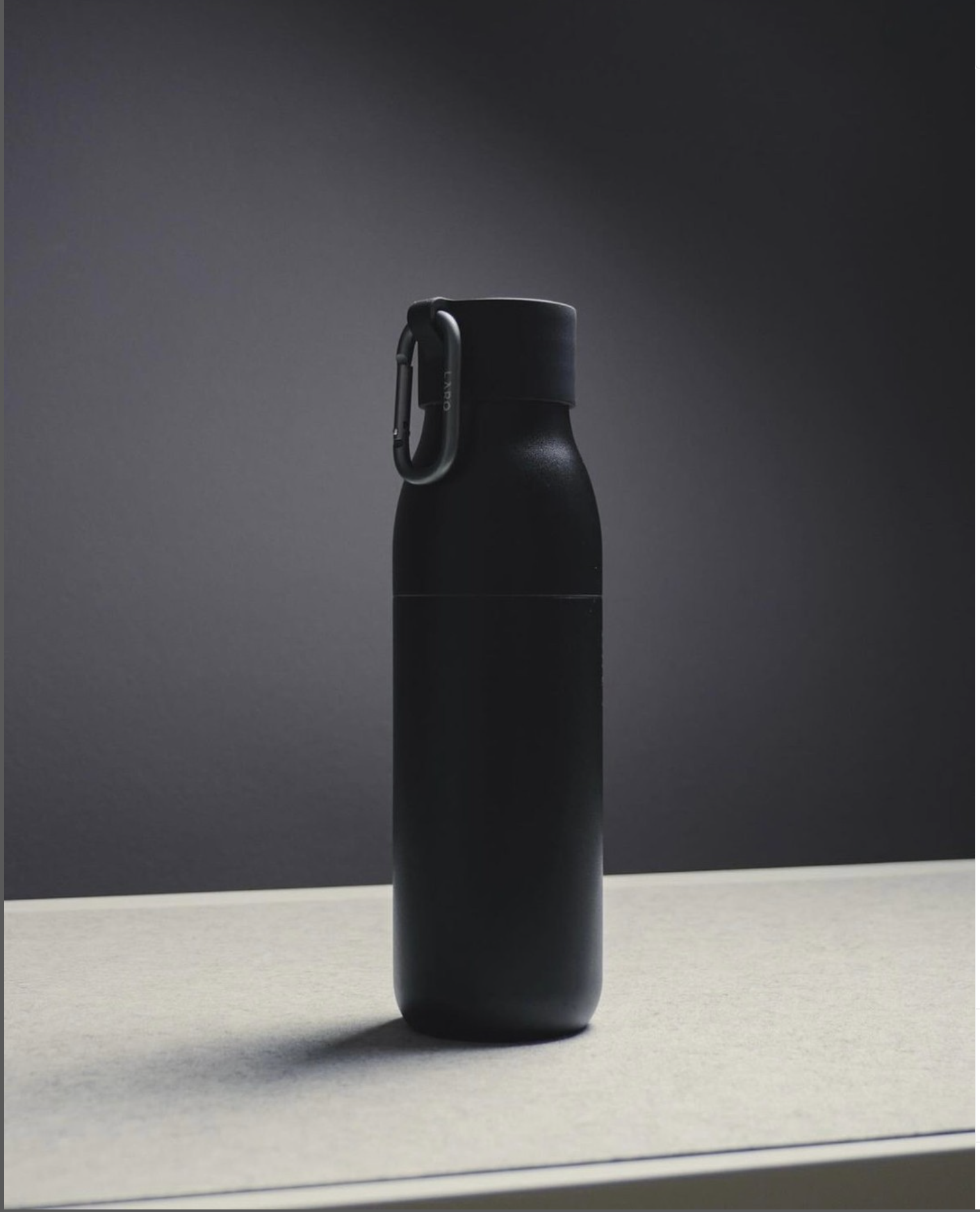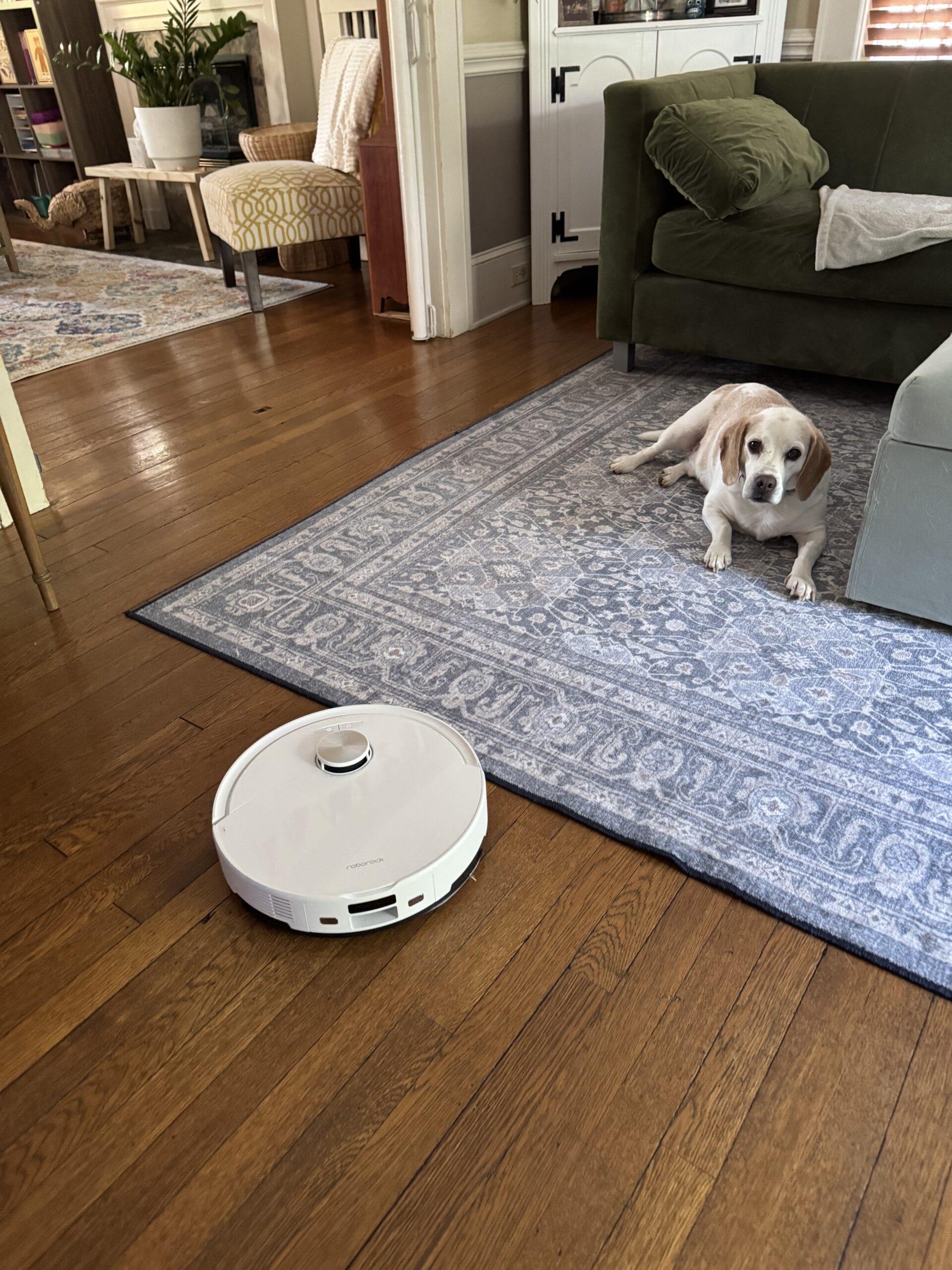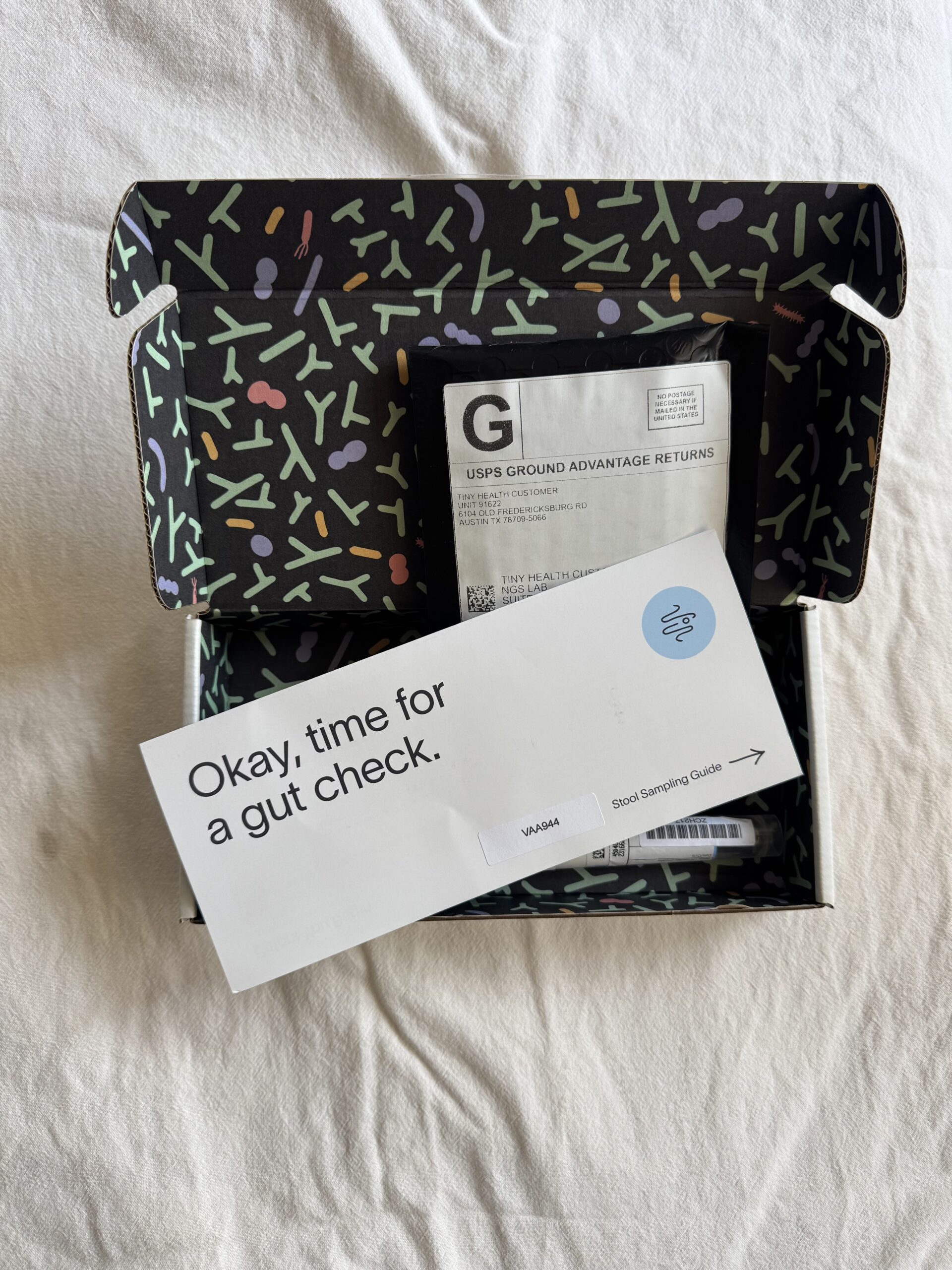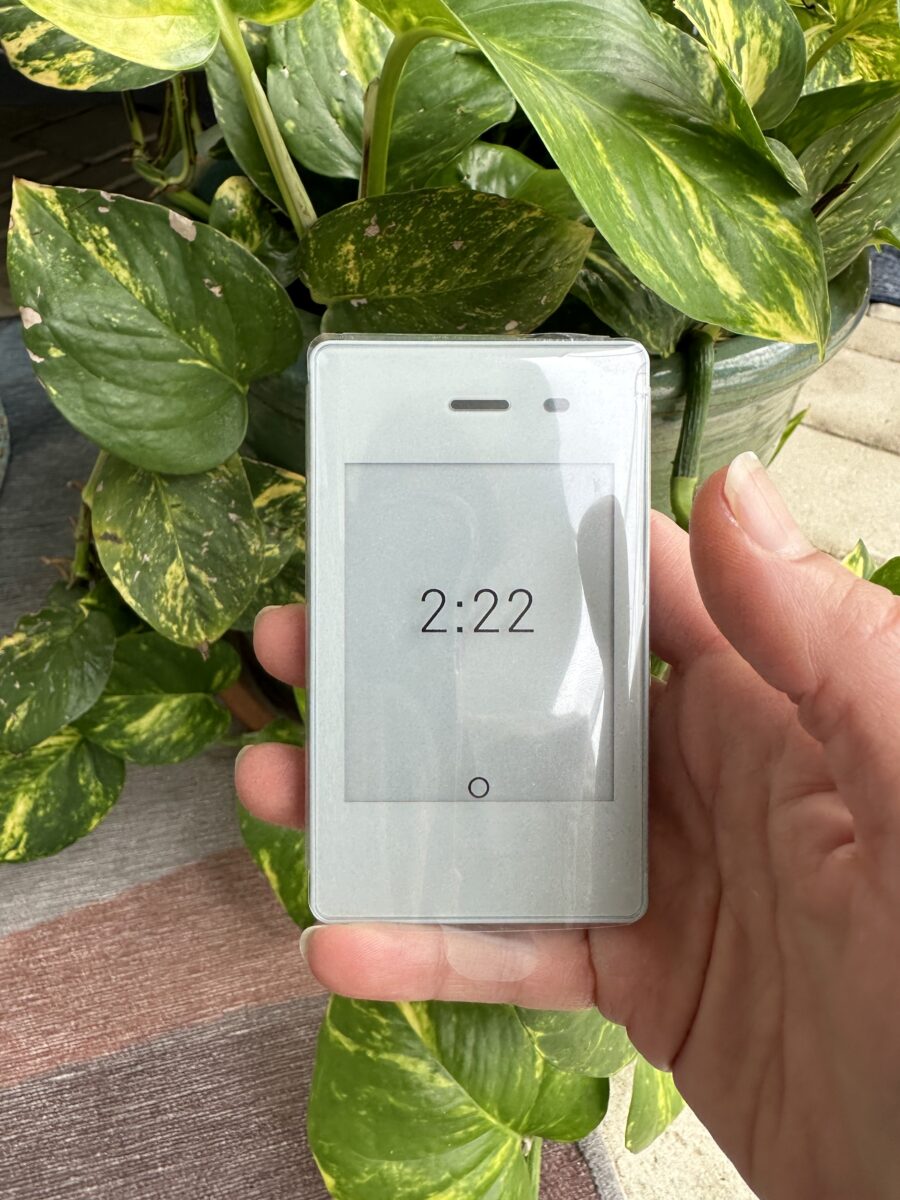
How The Light Phone II Reduced My Smartphone Anxiety
Good Gear editors endorse products we’ve personally researched, tested, and genuinely love. Learn more about our methodology and business model here.
GOOD GEAR RATING — 9/10 STARS
Summary: After one week of testing the Light Phone II, I recommend it to folks who want to lighten their tech load, partially disconnecting from traditional smartphones but remaining within reach for friends and family. It also makes a great first phone for tweens or teens. The Light Phone II can be used as the sole source of cellular communication or as a secondary source, as we did in this review.
PROS
- Setting up the phone and integrating it into your life is practically seamless
- The user interface is simple and offers a surprising amount of features without causing tech overload
- Its screen technology saves your eyes from exposure to constant blue light
- The charge lasts an incredibly long time
CONS
- While not outrageous, monthly pricing is similar to some basic smartphones offering more features
- Typing text messages is a challenge, even for the smallest of fingers, but the “talk to text’ feature makes up for this
- If your primary source of photo taking is your phone, you are out of luck
“Even small reductions in daily smartphone use can be beneficial.”
We rely on smartphones for many daily tasks in modern society — from sending work emails to Googling answers or checking social media and news feeds. But constant scrolling and app use are increasingly addictive and could be detrimental to our mental and physical well-being. Too much smartphone use could be responsible for a host of potential problems, like eye strain, back and neck pain, sleep disturbances, and, most concerningly, severe depression and anxiety. But I probably don’t need to explain that all to you.
The good news is it’s not all gloom and doom: Even small reductions in daily smartphone use can be beneficial. One study found that reducing smartphone use to one hour a day for one week garnered positive benefits like reduced anxiety, an uptick in physical activity, and a healthier lifestyle. There is an option available that can help with smartphone overuse or even wholly replace your attention-seeking smartphone altogether. It’s called a Light Phone II, and I had the chance to check it out.
What is a Light Phone II?
After meeting during a Google experimental program in 2014, Artist Joe Hollier and product designer Kaiwei Tang developed the Light Phone concept to combat what they witnessed happening in handheld tech. Exposed to the psychology behind app development, they felt smartphones were headed in the wrong direction, overloaded with time-stealing apps. The duo were intent on developing a healthy alternative.
The first Light Phone — named for how it is “light” on apps — was sold in 2017 after a two-year development process started with a Kickstarter campaign. Hollier and Tang aimed to allow users to unplug without fear of losing touch with friends and family.
“Light Phone’s latest version holds firm to the original model in that it does not allow for app downloads, social media, internet browsing, email access, or even news alerts.”
The Light Phone II is an unlocked, 4G LTE mobile phone that requires an active SIM card. Out of the box, it’s surprisingly tiny and, yes, light — cute, almost. The device screen is equipped with E-Ink technology, which gives that black-and-white “paper” look akin to many e-readers. According to the Light Phone website, this technology requires little in the way of a power draw, yet high visibility and contrast make it legible even in direct sunlight. A backlight also lets you see the screen in low light or darkness.
Light Phone’s latest version holds firm to the original model in that it does not allow for app downloads, social media, internet browsing, email access, or even news alerts. That means you’ll never scroll a feed or be exposed to an ad while using it. Nevertheless, the Light Phone II does offer users access to valuable tools, like a calculator, directions, notes, voice memos, a calendar, an alarm clock, and even some light entertainment (sorry, I had to!) — in the form of ad-free music and podcasts.
How much does it cost — and what’s the setup?
The Light Phone II is very reasonably priced for what it offers. The device, which comes in black or light gray, is $299 and comes with a Light SIM card and charger. If you choose to use a compatible SIM card from a different carrier, you can simply swap SIMs and start using your phone. If you don’t have a compatible SIM (I didn’t), you simply sign up for one of three Light Service plans to fit your needs. The basic plan is $30 monthly plus tax and offers unlimited text, calls, and 1g of data. If you want to take advantage of an option for hotspot usage, you’ll pay $70 per month plus tax for the most expensive plan Light offers.
“The setup was almost effortless for this phone.”
The setup was almost effortless for this phone. Once your Light dashboard login is created and you link your device, you can customize your desired tools from the dashboard. You’ll need to sync your phone each time you make a change on the Dashboard, but you won’t have to plug it in. Almost everything can be done via the Light Dashboard, like uploading contacts and music, searching and selecting podcasts, and adding or deleting tools from your Light Phone II.
My experience with the Light Phone II
I’ll be candid: Although intrigued by the idea and what it represents, I was initially skeptical about the Light Phone II. I don’t consider myself a smartphone addict, though I do go through phases. It’s accurate to say I am attached to my iPhone for a good part of the day.
As a mother of two with a full-time career, access to email and web browsing on my phone, at least during business hours, is essential. I need to take advantage of the 15–20 minutes I get while waiting for school or practice to get out to shoot off a work email or two from my phone.
“My goal with the Light Phone II was to mitigate some of my evening and after-hours smartphone use without altogether abandoning my primary phone during work hours.”
After hours, however, I find myself unnecessarily scrolling while performing other tasks. I’d describe it as a dull but constant pull to click into social media apps or browse the Internet for no reason. That need to refresh the feed, so I don’t miss anything ultimately exhausts me and increases my anxiety levels twofold. I never feel good when I catch myself in those moments.
My goal with the Light Phone II was to mitigate some of my evening and after-hours smartphone use without altogether abandoning my primary phone during work hours. I needed the Light Phone II to help me retrain my brain and set some smartphone app boundaries. Did it work? I’d say yes, reasonably well.
Using it as a second phone
Although this phone works perfectly fine as a standalone phone, you don’t have to abandon your fully loaded smartphone to reap the benefits of a Light Phone II. The Light Phone II makes a great secondary or “phone away from the phone.” Depending on your primary phone model and carrier, you may even be able to keep the same phone number for two phones. Although each phone comes with a Light SIM card, if you have a primary phone with a supported carrier, you simply swap the SIM cards for alternating phone use with the same number.
“Depending on your primary phone model and carrier, you may even be able to keep the same phone number for two phones.”
I would have loved to swap my new Light Phone II SIM card with my primary phone, but my iPhone model is incompatible. I decided not to add all my contacts, although it could have been done easily through the dashboard. But given my intention, I felt the only people who had to be in contact with me during this trial period were my husband, daughter, parents, or sister. I gave these people the Light Phone II number and asked them to please only call me and text me at the new number throughout the week. My mom happily complied. My hubby, not so much. 🙃
What I loved
As for its unexpected perks, I was so happy to see the Light Phone II had a Notes tool. Throughout the evening, my mental list of to-dos tends to keep flowing, causing some anxiety. I keep a running note on my phone to release those tasks from my brain so I can revisit them later. Good to know that the Light Phone allows for this!
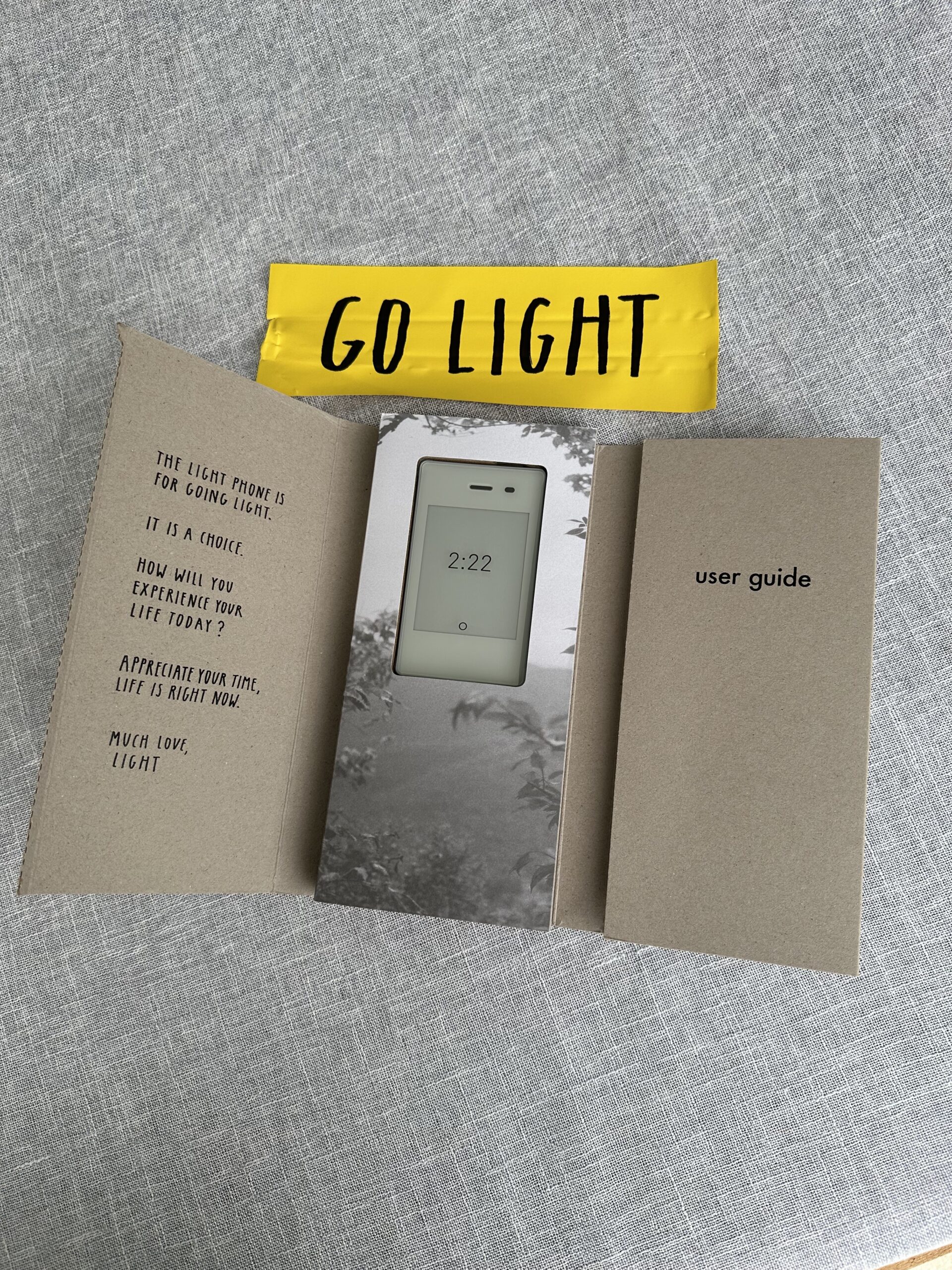
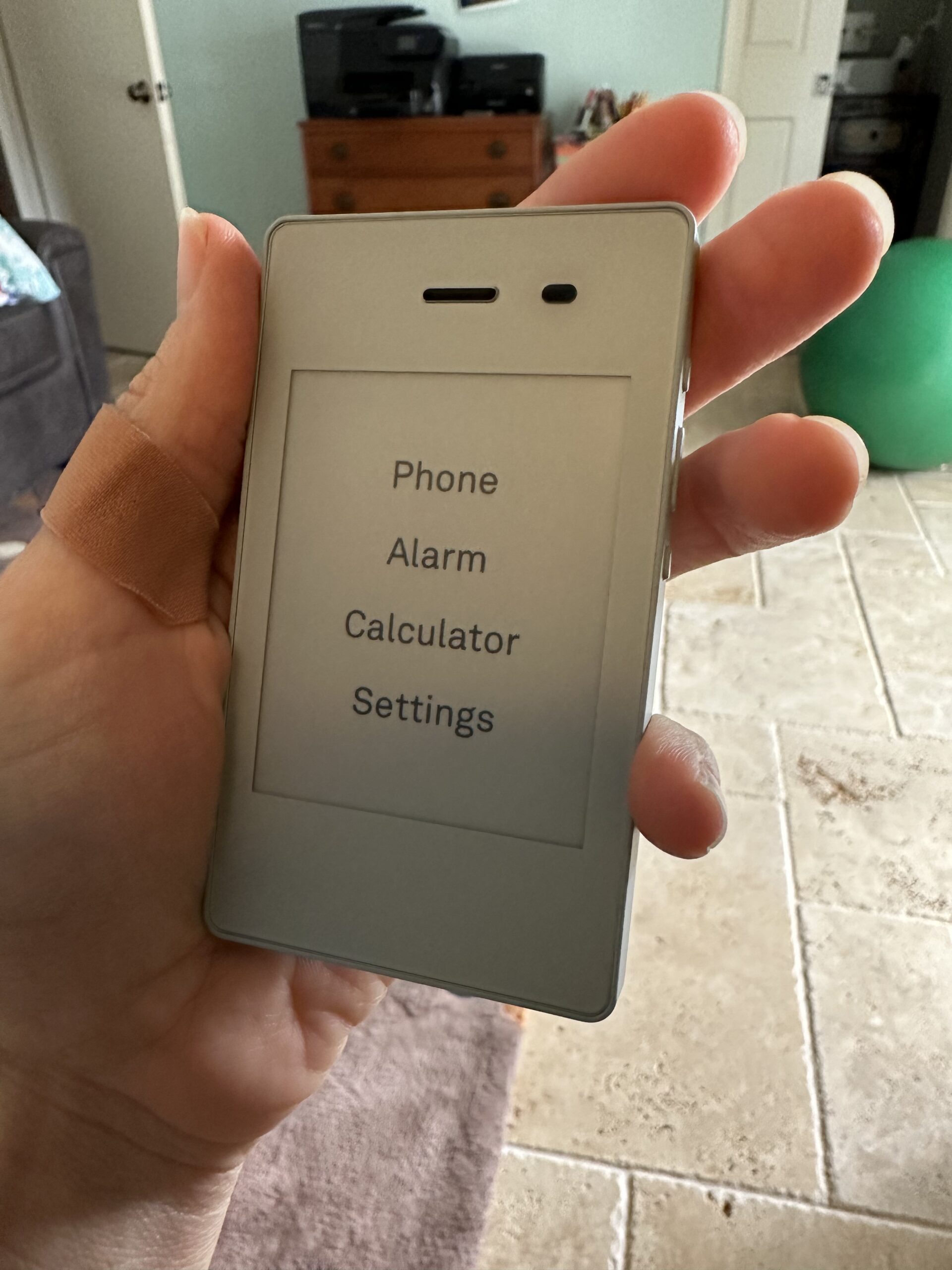
Another favorite feature of the Light Phone for me was the podcast tool. It was easy to go onto the Dashboard and do a search to choose what I wanted to listen to and then sync it to the phone. This created more intentionality around my listening choices, and I appreciated not having to scroll through an app to decide on a podcast as I would on my smartphone. That said, I’m not sure if I would use the Light Phone to listen to music given these constraints.
“The battery lasted four days before needing to be charged again.”
I was a big fan of the phone’s design. I chose the light gray, and when the box came and I opened it up, I was pleasantly surprised by its size. As I mentioned, it is small. It was less than half the size of my iPhone, and although it was not outlandish or bright, it could be mistaken as a toy (my older daughter instantly asked if she could have it). I loved how minimal it is and that this phone could easily fit in a relatively small purse or not be obtrusive in your pocket.
Finally, the battery life on this phone is incredible and freed me from that feeling of need to ensure my phone was plugged in every night. As a secondary phone, the battery lasted four days before needing to be charged again. And while you’d need to charge it more often if you use it as your primary phone or listen to music or podcasts daily, less light and screentime means less concern overall about keeping the phone charged — this was a nice relief.
Downsides
One negative of the Light Phone II was the size of the typeface. The keyboard is so tiny that it was hard for even my petite fingers to type a text at a reasonable pace without errors. I ended up relying on the Light Phone II’s voice dictation option — and this nicely solved all my frustrations.
“Adding a camera would clearly change the dynamic, function, and design — and I did love the E-paper screen technology.”
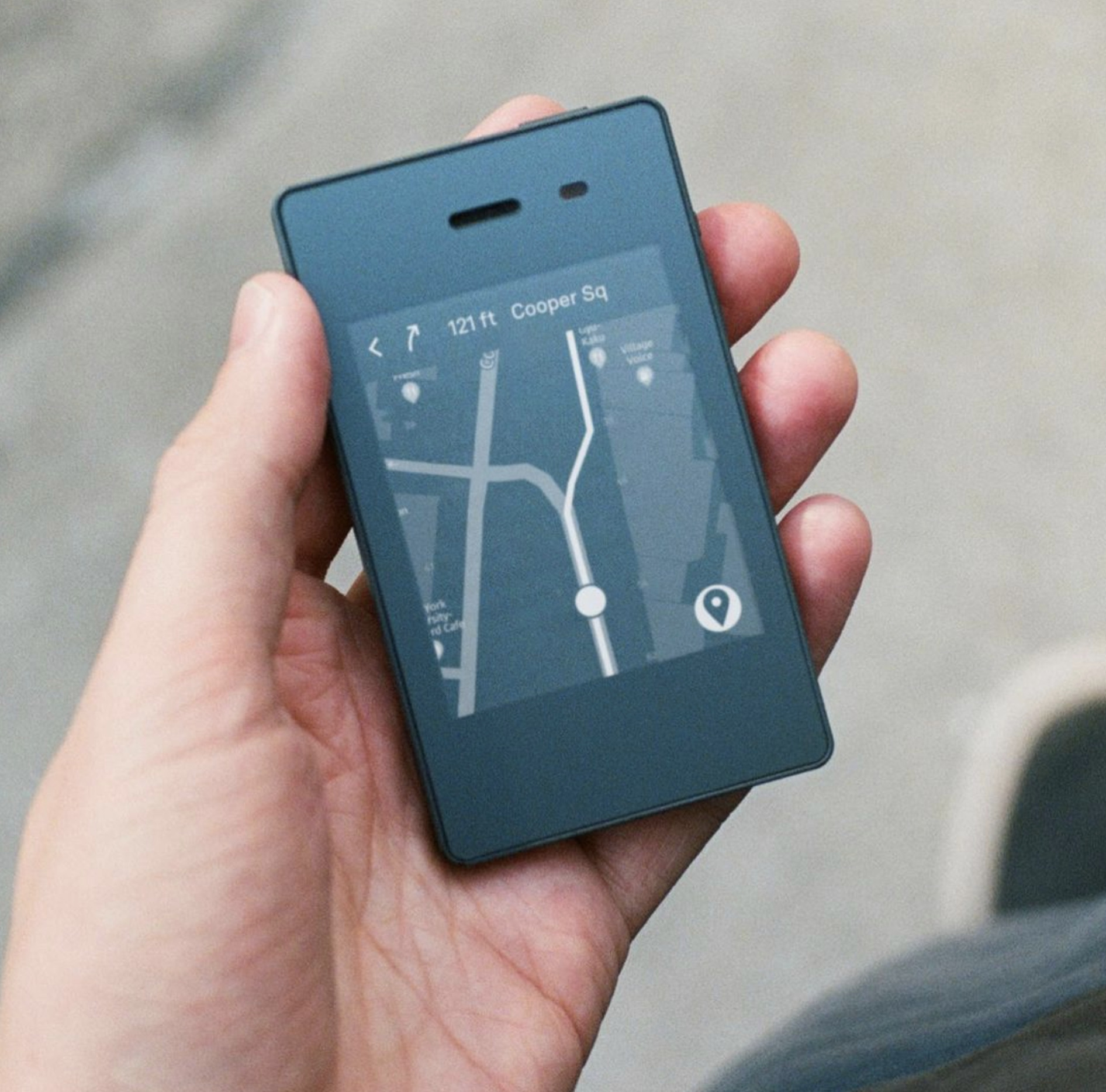
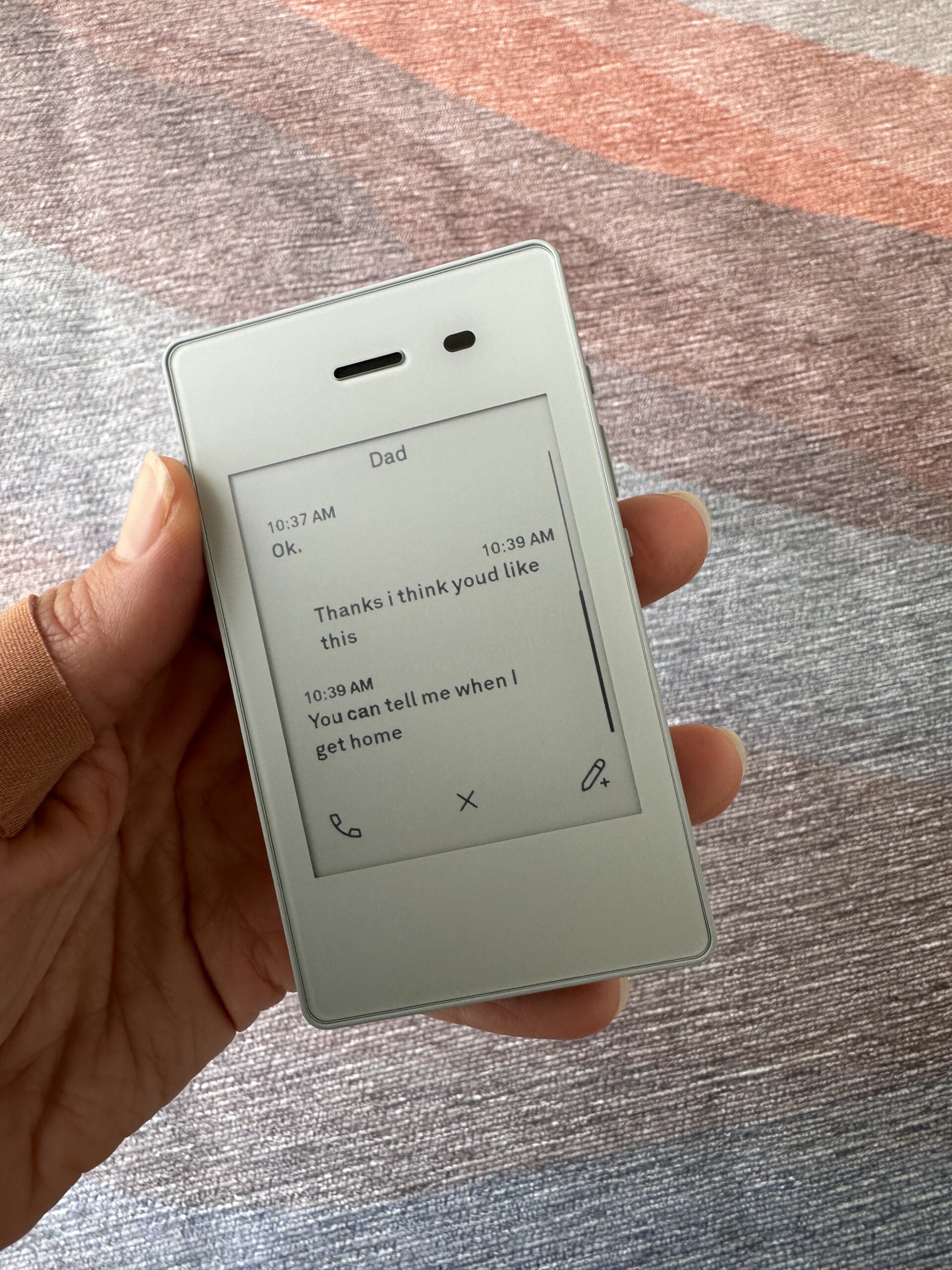
If there was a deal breaker for me, it would be that the Light Phone II does not have a camera, so I could not take pics or send or receive pics via text. I love the convenience of taking spur-of-moment pics with my phone on a walk or run or just when something strikes my fancy. (Ahem, I have two dogs that like to be extra cute in the evening hours!) Adding a camera would clearly change the dynamic, function, and design — and I did love the E-paper screen technology. It felt easier on my eyes; overall, all was less jolting and straining. There are trade-offs!
Final thoughts
“If I had a compatible SIM, this would be a no-brainer, and the Light Phone II would be worth every penny as a secondary phone.”
Because of the nature of my job and my current work-life balance needs, I’d have to use the Light Phone II as a secondary phone. Because my existing primary phone SIM is incompatible, I am not sure I’d be willing to pay for two service plans or want to have two numbers to give out. If I had a compatible SIM, this would be a no-brainer, and the Light Phone II would be worth every penny as a secondary phone. And if I didn’t rely heavily on my smartphone for work purposes, I would absolutely use a Light Phone II as my primary phone.
This phone offers a perfect way to check out without losing touch. In addition, I am thankful that the Light Phone II admittedly broke some of my anxiety-causing, time-stealing smartphone habits, offering me more free time in the evenings and helping me feel less anxious, calm, and ready for bed at night. Knowing there was no opportunity to kill precious time scrolling feeds, shopping, or aimlessly wandering the web helped me put it out of my mind at night. These days, I get into bed and fall asleep without even thinking about reaching for my phone.
Randi Donahue is a freelance writer with a master’s in journalism from Emerson College in Boston. Now based in Florida, she has two daughters and considers herself hyper-conscience when it comes to household consumption, researching every item with intense scrutiny before purchasing. You can see more of her work at www.randidonahue.com.
This review is not sponsored and includes the author’s personal experience. Good Gear editors were gifted this product. Read more about our review process here.

